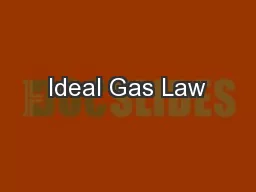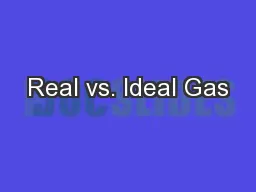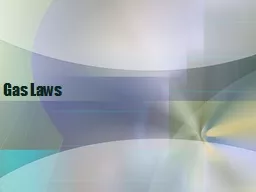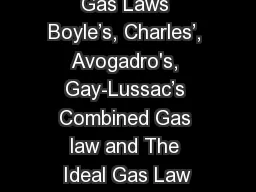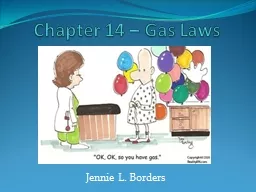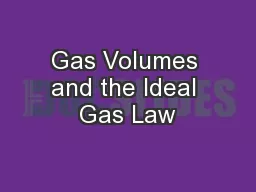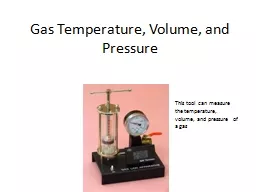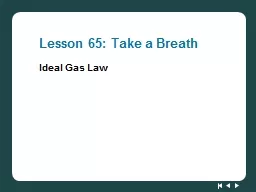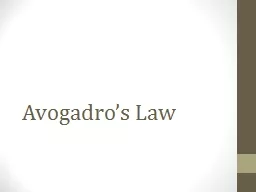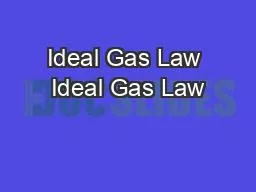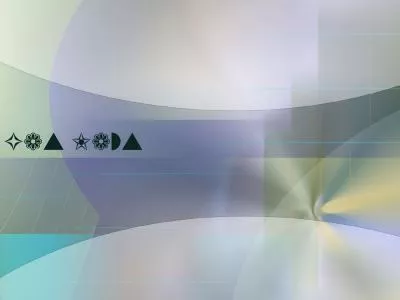PPT-Ideal Gas Law
Author : aaron | Published Date : 2017-05-05
Visit httpscheckinicsuciedu Log in and select Chem 1A When prompted type the word of the day gas Ensure when asked if you will share your location you select
Presentation Embed Code
Download Presentation
Download Presentation The PPT/PDF document "Ideal Gas Law" is the property of its rightful owner. Permission is granted to download and print the materials on this website for personal, non-commercial use only, and to display it on your personal computer provided you do not modify the materials and that you retain all copyright notices contained in the materials. By downloading content from our website, you accept the terms of this agreement.
Ideal Gas Law: Transcript
Download Rules Of Document
"Ideal Gas Law"The content belongs to its owner. You may download and print it for personal use, without modification, and keep all copyright notices. By downloading, you agree to these terms.
Related Documents

